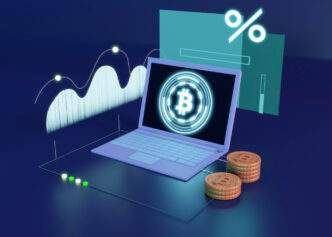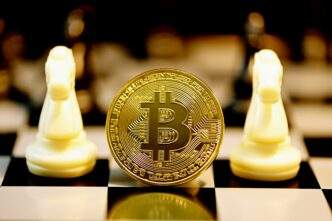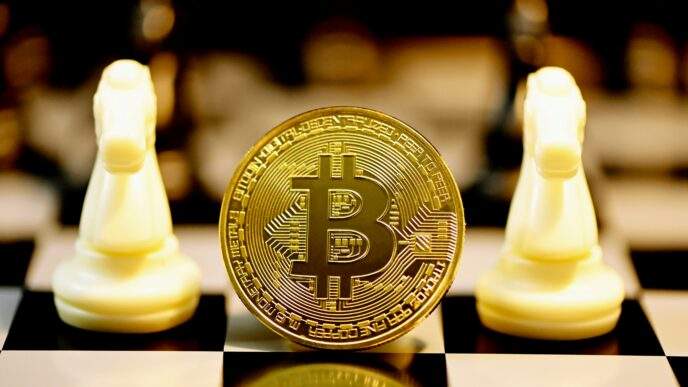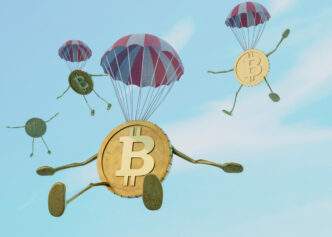All money is currency but not all currency is money.
While the terms “money” and “currency” are often used interchangeably, they differ significantly. One represents lasting value, the other serves a functional role in trade.
Currency looks like money and acts like money but technically it fails some of the key functions that define real money.
The 3 Functions of Real Money
- Medium of exchange
Money must facilitate the trade of goods and services.
- Unit of account
It should provide a consistent measure of value.
- Store of value
It must preserve purchasing power over time.
Fiat currencies meet the first two — they’re used for trade and pricing. But they fail as a store of value. Why? Because their supply is infinite, and inflation eats away at their worth.
We see it all around us — people work hard, save diligently, only for inflation to silently erode their efforts. Here’s the harsh truth: every time new fiat money is printed, the existing money in circulation loses value.
Economics 101: Two Schools of Thought
Over the centuries many economic theories about money have been developed, but two still stand out.
AUSTRIAN ECONOMICS—”Sound Money or Nothing”
Think of Austrians like the old-school hustlers who say: If it isn’t backed by real value it’s a scam.
KEYNESIAN ECONOMICS—”Spend Now,Save Later”
Keynesians are more like: When the economy’s broke,pump cash till it walks again.
A Quick Timeline of Money
From the barter system—to digital currency here is the journey of money:
- Barter system( prehistoric times— ~3000 BC)- you give me some yam, I give you a goat
- Commodity money(~3000 BC—1000 BC)- let’s use something valuable for all trades
- Metallic money(~1000 BC—1600s)- Let’s use metals, they last longer and shine brighter.
- Paper money(China~700s—Europe~1600s)- instead of carrying gold, carry a receipt of gold.
- Fiat money(1971—present)- money is whatever we say it is
- Digital money(1990s—Now) – let’s move money through the internet
- Digital currency(2009—Future)- decentralized money
Key Characteristics of Money
1.Durability
Money must last over time.
You can’t have money that melts in the rain or tears too easily.
2. Portability
Money must be easy to carry and transfer.
You should be able to move your wealth — from your pocket to across the globe.
3. Divisibility
Money must be split into smaller units without losing value.
You can break ₦1000 into ₦500, ₦100, or even kobo.
Bitcoin? Divisible down to 0.00000001 BTC (a satoshi).
4. Uniformity
Every unit must be the same as the next.
One $10 bill = any other $10 bill.
5. Acceptability
People must agree to use it.
“Do you collect this?” If the answer’s no, it’s not money.
In addition to these characteristics, bitcoin has two major features that make it stand out; Scarcity(limited supply) and decentralization. These qualities make bitcoin the best money to have ever existed.
Why is decentralized money a viable solution to fiat?
For decades we have trusted centralized institutions with our money—banks, governments and financial regulators. But they have proven treacherous.
How?
▶️They inflate the currency supply.
▶️They exclude millions of people from the system.
▶️They manipulate markets to serve the elite
Governments use these tools to their advantage thereby making life miserable for the masses. They print money endlessly, eating away at your savings, while banks control access to your funds.
Decentralized money brings a stop to this misery.
Bitcoin offers a power alternative:
🔔Scarce and inflation-resistant
🔔Censorship-proof and borderless
🔔Fully transparent and verifiable
🔔Truly yours — not held by a third party
This isn’t just a financial shift — it’s a revolution in how we define freedom and ownership in the digital age.
The future of money isn’t controlled — it’s decentralized.















